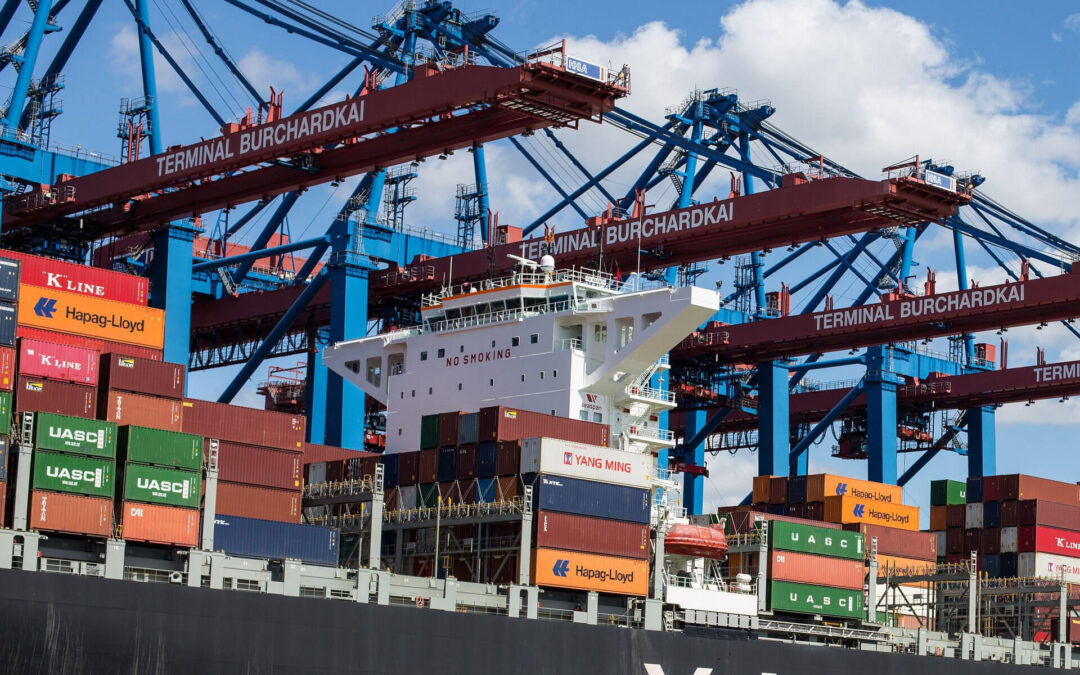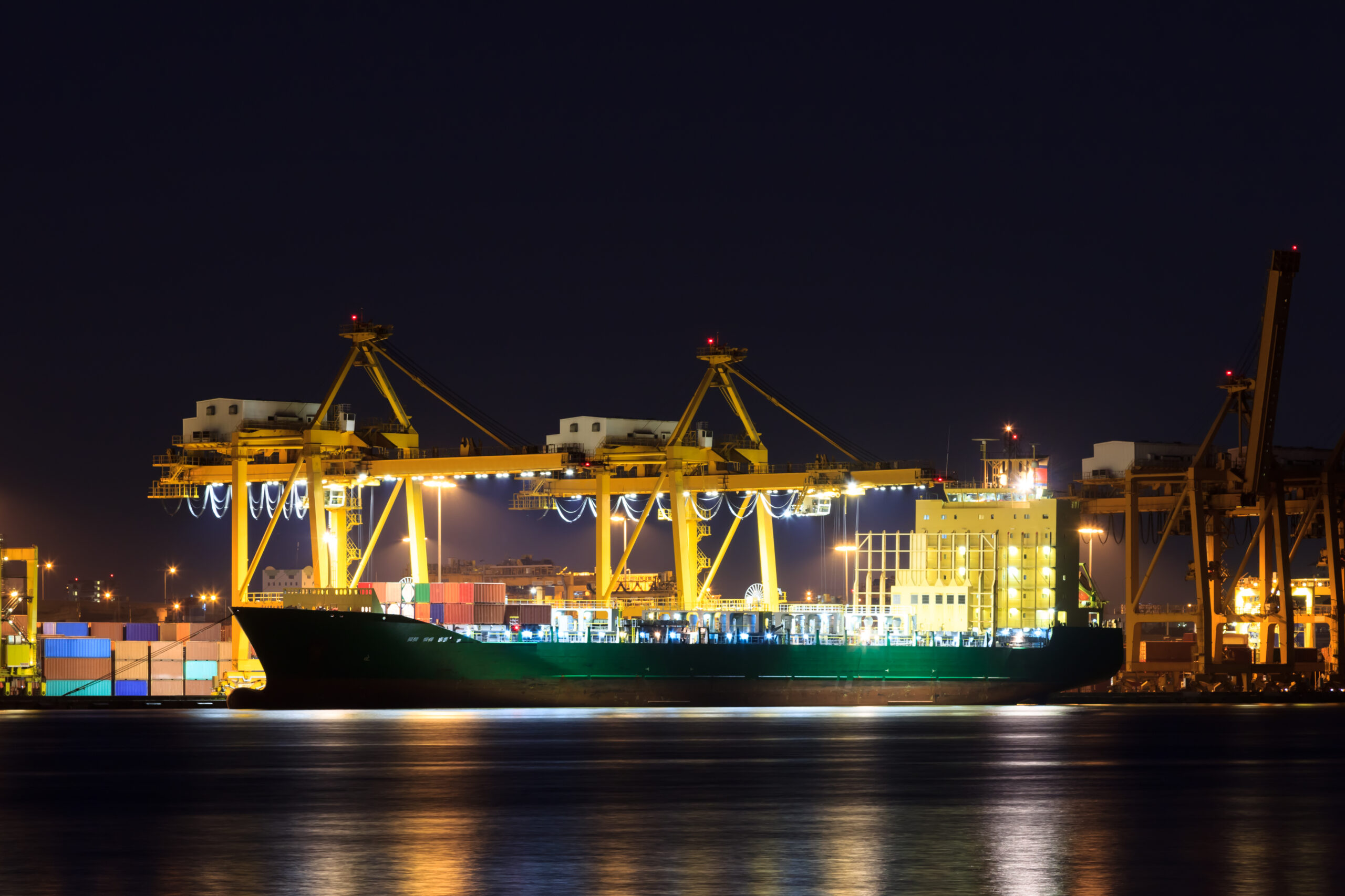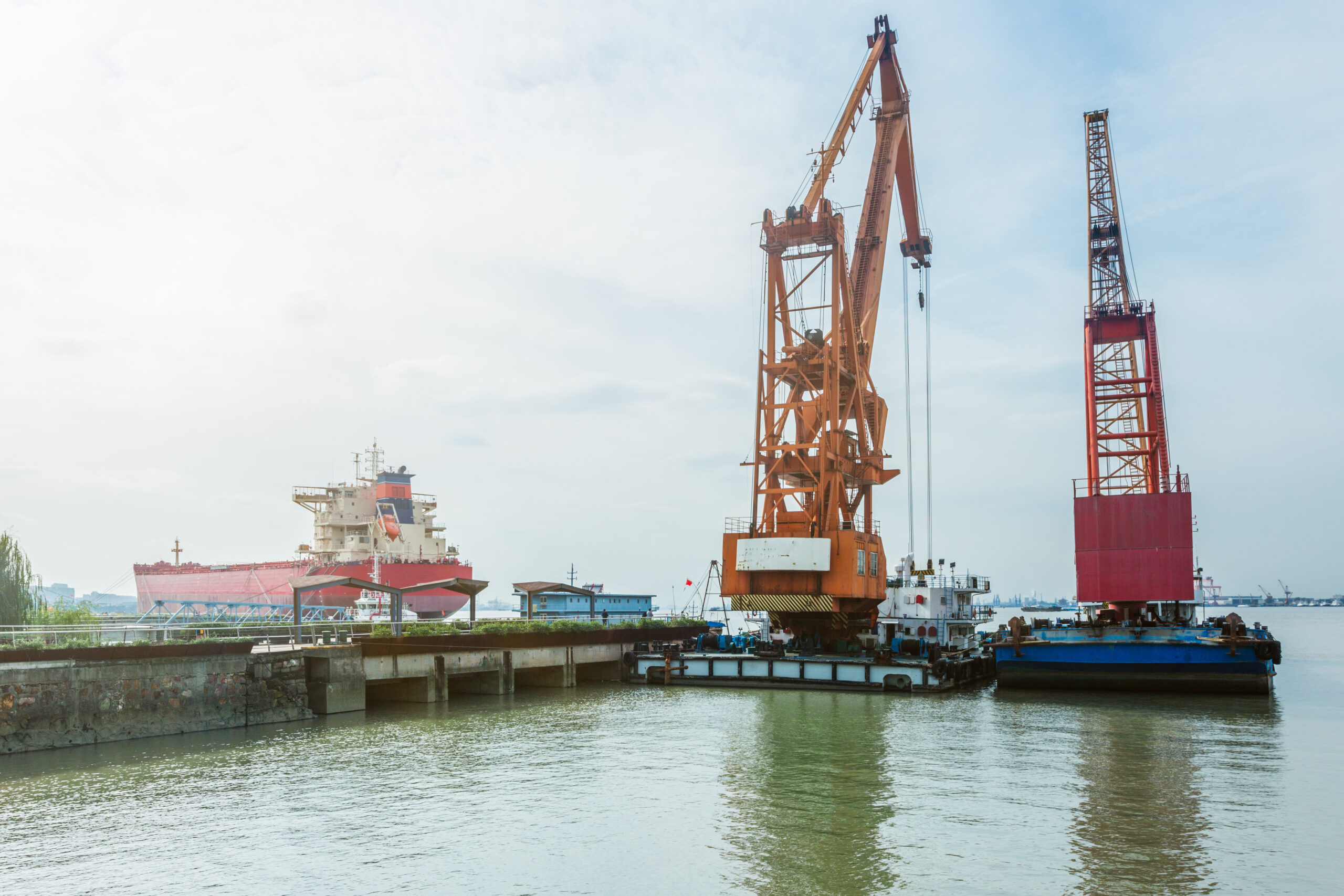This week:
- ILA, USMX reach tentative deal to end strike and reopen ports through January 15
- Industry stakeholders and government officials praise ILA-USMX pact
- USPS, FedEx, UPS still suffering service disruptions after Hurricane Helene
- Executives expect to see trucking contract rates rise slightly in 2025
- FMC denies petition to delay implementation of new D&D billing rules
ILA, USMX Reach Tentative Deal to End Strike
As expected, the International Longshoremen’s Association (ILA) went on strike at US East and Gulf Coast ports on Tuesday, October 1. By Thursday night, the ILA and the United States Maritime Alliance (USMX) reached a tentative deal to reopen the ports via a contract extension through January 15, 2025.
The strike was months in the making, fueled by long-brewing disputes over automation technology at the ports and ILA’s wage demands. Industry stakeholders had forecasted devastating blows to the US supply chain with even a short strike. Under the tentative agreement, the maritime employers that make up the USMX offered the ILA an average pay increase of $4 per hour.
The pay raise represents a 62% bump in top wages for ILA workers. On the eve of the strike, USMX issued a press release that claimed it had offered the union a nearly 50% increase. The tentative agreement also raises entry-level wages for new ILA members from $20 to $30 per hour.
Both sides agreed to resume negotiations with the goal of inking a long-term deal. The strike was the first work stoppage along East and Gulf Coast ports in 47 years. Anticipation for the strike affected supply chains throughout 2024, as importers frontloaded goods and ocean carriers redirected shipments to West Coast ports.
Subscribe to JMR’s Weekly Supply Chain Roundup!
Stay informed with the latest supply chain news, trends, and insights. Get it delivered directly to your inbox every week.
Industry Stakeholders Praise ILA-USMX Deal, White House Breathes a Sigh of Relief
Industry stakeholders across the supply chain wasted no time cheering the ILA-USMX agreement. President Joe Biden and members of his administration also expressed support for the deal. The strike and its potential damage to the US economy had been a major concern for the White House for the past few months.
Among the first to publicly comment was National Retail Federation President and CEO Matthew Shay. In a press release, Shay said, “The decision to end the current strike and allow the East and Gulf coast ports to reopen is good news for the nation’s economy. It is critically important that the International Longshoremen’s Association and United States Maritime Alliance work diligently and in good faith to reach a fair, final agreement before the extension expires.”
Meanwhile, Biden’s statement said in part, “I want to applaud the International Longshoremen’s Association (ILA) and the United States Maritime Alliance for coming together to reopen the East Coast and Gulf ports. Today’s tentative agreement on a record wage and an extension of the collective bargaining process represents critical progress toward a strong contract. I congratulate the dockworkers from the ILA, who deserve a strong contract after sacrificing so much to keep our ports open during the pandemic.”
USPS, FedEx, UPS Deliveries Delayed in Wake of Hurricane Helene
More than a week after Hurricane Helene landed on American shores, deliveries from the US Postal Service (USPS), FedEx, and UPS continue to experience delays. Damaged highways and washed-out roads have created multiple disruptions for the parcel carriers.
Last week, USPS suspended delivery and retail operations for North Carolina zip codes starting with 286, 287, 288, and 289. On Monday, the USPS website still listed service disruptions at around 20 post offices in these areas, with customers directed to alternate locations for retail services.
As of Tuesday this week, FedEx was still reporting “limited to no service” for its express and ground deliveries across nearly 600 zip codes in Georgia, North Carolina, South Carolina, and Tennessee. FedEx’s freight operations experienced the same problems in more than 300 zip codes across Florida, Georgia, North Carolina, and South Carolina.
On Tuesday morning, UPS warned of potential delays in two North Carolina zip codes. This is down from nearly 70 zip codes reported by UPS last Thursday, October 3.
First Rate Increases in Two Years Expected in 2025 for US Truckload Carriers
At the recent Journal of Commerce (JoC) Inland Distribution Conference 2024, executives from multiple logistics companies acknowledged that the US truckload sector will not recover quickly. Still, some of these industry leaders told the JoC they expect to see contract truckload and less-than-truckload (LTL) rates rise slightly next year.
If these increases happen in 2025, they will be the first contract rate hikes for US truckload carriers in two years. Spot rates throughout this year have remained low compared to 2023. Industry analysts blame excess capacity, among other factors. A rise in contract rates would be unusual, as these increases typically follow a spike in spot market rates.
FMC Denies Petition to Delay Implementation of New D&D Billing Rules
The US Federal Maritime Commission (FMC) has denied a petition by ocean carriers to delay new detention and demurrage billing rules.
On September 25, the FMC published its decision formally denying the petition by the Ocean Carrier Equipment Management Association (OCEMA). The carriers oppose provisions in the new rules dictating who they can bill for holding onto containers.
The FMC’s decision says an implementation delay would cause “greater confusion” among shippers and truckers about who pays per diem fees. The rulemaking limits ocean carriers’ ability to send bills for storage and late fees to the party who contracted for ocean transportation.
Truckers and other parties involved in container transactions praised the FMC for relieving them of unexpected D&D bills.
Fed Rate Cut Unlikely to Spur Manufacturing Until Next Year
Manufacturers praised the US Federal Reserve’s rate cut of half a percentage point last week. However, industry experts don’t expect the cut in interest rates to spur new manufacturing activity until 2025.
High interest rates and uncertainty about when the first cut in years would arrive have plagued manufacturers throughout 2024, leading to low production levels and rising inventory. According to reporting from Supply Chain Dive, observers had hoped for growth in the second half of this year, but they now see uncertainty about the upcoming presidential election, which will likely keep manufacturers cautious until 2025.
However, industry analysts expect the rate cut to trigger capital spending. This will likely result in manufacturers investing in information technology or new factory equipment.






